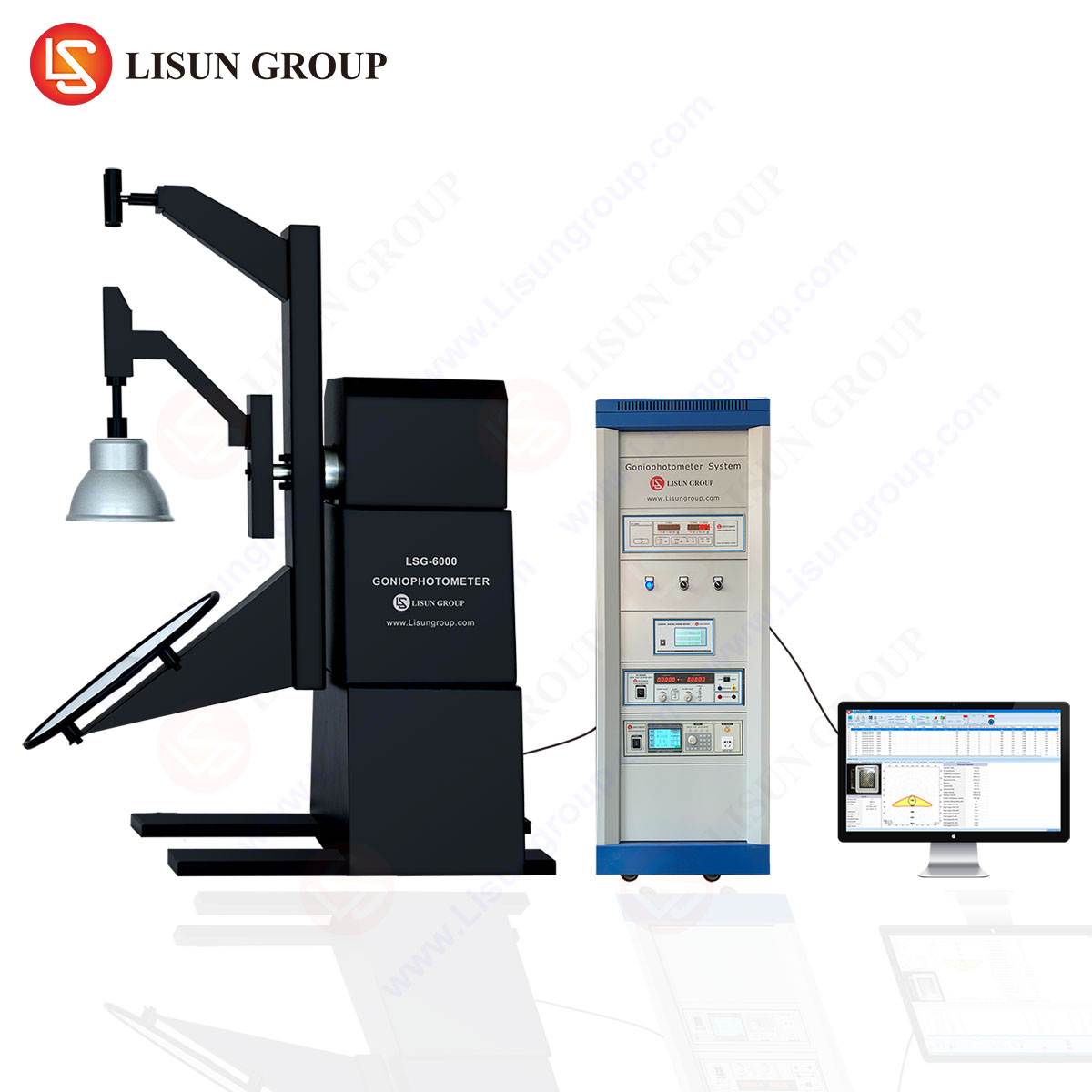Introduction to Integrating Sphere Technology and Measurement Principles
Integrating spheres are critical optical components used for precise radiometric, photometric, and colorimetric measurements. The LISUN LPCE-2 and LPCE-3 Integrating Sphere and Spectroradiometer Systems employ advanced sphere designs to ensure uniform light diffusion, enabling accurate testing of luminous flux, color temperature, chromaticity coordinates, and spectral power distribution.
The fundamental principle involves light entering the sphere through an entrance port, undergoing multiple diffuse reflections, and homogenizing before detection by a spectroradiometer. This minimizes directional bias, ensuring compliance with international standards such as CIE 84, CIE 13.3, IES LM-79, and EN 13032-1.
Key Specifications of the LISUN LPCE-3 Integrating Sphere System
The LPCE-3 system is engineered for high-precision applications, featuring:
- Sphere Diameter: 2m (alternative sizes available)
- Coating Material: High-reflectivity barium sulfate (BaSO₄) or Spectralon®
- Spectral Range: 380–780nm (extendable to 200–2500nm for specialized applications)
- Measurement Parameters: Luminous flux (lm), CCT (K), CRI (Ra), chromaticity (x,y), dominant wavelength, and spectral power distribution
- Detector Options: High-sensitivity CCD spectroradiometer with 0.1nm resolution
- Compliance: Meets LM-79, LM-82, CIE 177, and ISO/IEC 17025
Comparative Analysis: LISUN LPCE-3 vs. Labsphere Integrating Spheres
While Labsphere is a well-established competitor, the LISUN LPCE-3 offers distinct advantages:
- Cost-Effectiveness: Competitive pricing without compromising measurement accuracy.
- Customizable Configurations: Modular design allows for tailored sphere sizes, detector options, and auxiliary light sources.
- Automated Calibration: Integrated software (LISUN LMS-9000) streamlines calibration and data acquisition.
- Multi-Industry Adaptability: Supports testing across LED modules, automotive lighting, aerospace luminaires, and medical devices.
Applications in LED and OLED Manufacturing
The LPCE-3 system is extensively utilized in LED/OLED production for:
- Binning and Quality Control: Ensures consistent chromaticity and luminous flux across batches.
- Efficacy Testing: Measures lumens per watt (lm/W) to validate energy efficiency claims.
- Thermal Stability Analysis: Evaluates performance under varying ambient temperatures (25°C–85°C).
Automotive Lighting Testing: Compliance with ECE and SAE Standards
Automotive lighting systems require rigorous testing for regulatory compliance. The LPCE-3 facilitates:
- Headlamp and Taillight Evaluation: Verifies luminous intensity, beam patterns, and color uniformity.
- ADAS Sensor Compatibility: Ensures lighting does not interfere with LiDAR or camera-based systems.
- Durability Testing: Assesses degradation under thermal cycling and vibration.
Aerospace and Aviation Lighting Validation
Aviation lighting must adhere to FAA and ICAO regulations. The LPCE-3 assists in:
- Cockpit Display Testing: Measures backlight uniformity and color rendering for LCD/OLED panels.
- Runway and Navigation Lights: Validates intensity and chromaticity for low-visibility conditions.
Photovoltaic Industry: Solar Cell and Module Characterization
Beyond traditional lighting, integrating spheres support:
- Quantum Efficiency (QE) Testing: Evaluates spectral response of solar cells.
- Anti-Reflective Coating Analysis: Measures diffuse reflectance to optimize light absorption.
Scientific Research and Optical Instrument R&D
Research laboratories leverage the LPCE-3 for:
- Laser Diffuse Reflectance Studies: Characterizes scattering properties of materials.
- Biophotonics Applications: Tests medical lighting for surgical and diagnostic equipment.
Urban and Architectural Lighting Design
Municipalities and designers use the system to:
- Optimize Street Lighting: Ensures compliance with WELL Building Standard and IES RP-8.
- Human-Centric Lighting Studies: Analyzes melanopic lux for circadian rhythm regulation.
Stage, Studio, and Marine Lighting Validation
Entertainment and marine sectors benefit from:
- Color Consistency Assurance: Critical for film production and underwater lighting.
- Flicker Analysis: Detects temporal light modulation (TLM) to prevent visual discomfort.
FAQs: LISUN LPCE-3 Integrating Sphere System
Q1: What is the typical calibration interval for the LPCE-3 system?
A: Annual recalibration is recommended, though high-usage environments may require semi-annual checks.
Q2: Can the LPCE-3 measure UV or IR light sources?
A: Yes, with optional extended-range spectroradiometers (200–2500nm).
Q3: How does the LPCE-3 handle high-power LED testing?
A: The sphere includes heat dissipation ports and auxiliary cooling for stable measurements.
Q4: Is the system compatible with third-party spectrometers?
A: Limited compatibility exists; optimal performance is achieved with LISUN’s LMS-9000 spectroradiometer.
Q5: What industries benefit most from the LPCE-3’s modular design?
A: Automotive, aerospace, and medical lighting sectors due to stringent regulatory demands.







